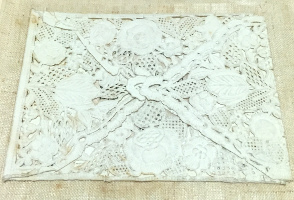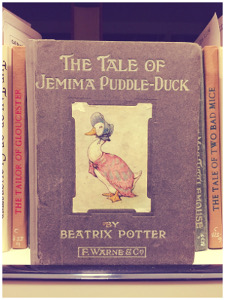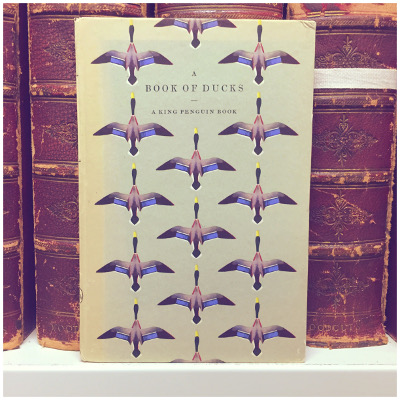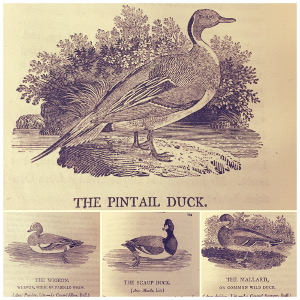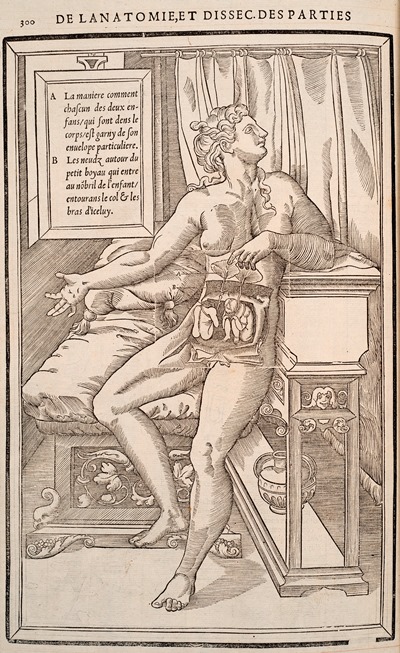
The printer’s mark for Libanus Press, taken from an exemplar (Printer’s Collection Folio 094 LIB)
We were sad to hear that Michael Mitchell, one of England’s most noted fine typographers, passed away last week. Founder of the Libanus Press, Mitchell quickly became a leading typographer, most known for clear, yet aesthetically pleasing publications.
Libanus Press originally began as a letterpress, and it was his skills in typography that Mitchell was most known. After Libanus Press closed their letterpress in 2006, they moved into digital production, specialising in catalogues and informative guides for museums and cultural institutions. This included helping to design the catalogue for the Finzi Book Room at the University of Reading, held by Special Collections.
Mitchell also co-authored two works with Susan Wrightman, Book typography : a designer’s manual (2005) and Typographic style handbook (2017), both works regularly consulted by the University of Reading Typography students.
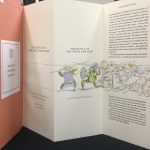
The battle of the Frogs and Mice, illustrated by Fiona Macvicar ; translated by T. Parnell. (Libanus Press, 1988) Printing Collection Folio 883.1.

The frontispiece of The Symposium of Plato, translated by Tom Griffith; engraved by Peter Forster (Libanus Press: 1986) Printing Collection Folio 888.4
Special Collections also holds copies of Libanus Press’ most noted publications. The Battle of frogs and mice, an ancient Greek parody of The Illiad, is beautifully illustrated by Fiona MacVicar, and allows the reader to spread the pages out.
Another publication, Symposium of Plato = Platōnos Symposion, beautifully presents the Greek and English text, allowing for a clear and concise translation.
We hold a collection of papers related to the Libanus Press as part of our Rowley Atterbury and Westerham Press Papers (MS 5347 C/1/122). This includes various ephemeral items, such as Open Day invitations and prospectuses, specimens, lists, forms, notices, keepsakes, bookplates, including notes written by Mitchell. All of these documents offer valuable insight into publication, and the study of private presses and typography.

An examplar of For Those in Peril, poems by Martin Trowell (1976), with added notes by Michael Mitchell.

An invitation to a Libanus Press Open Day for the 29th of April 1989, showing the everyday workings of the Press.
You can find out more about Mitchell in his obituary in the Guardian or through our information on the Rowley Atterbury Collection.





